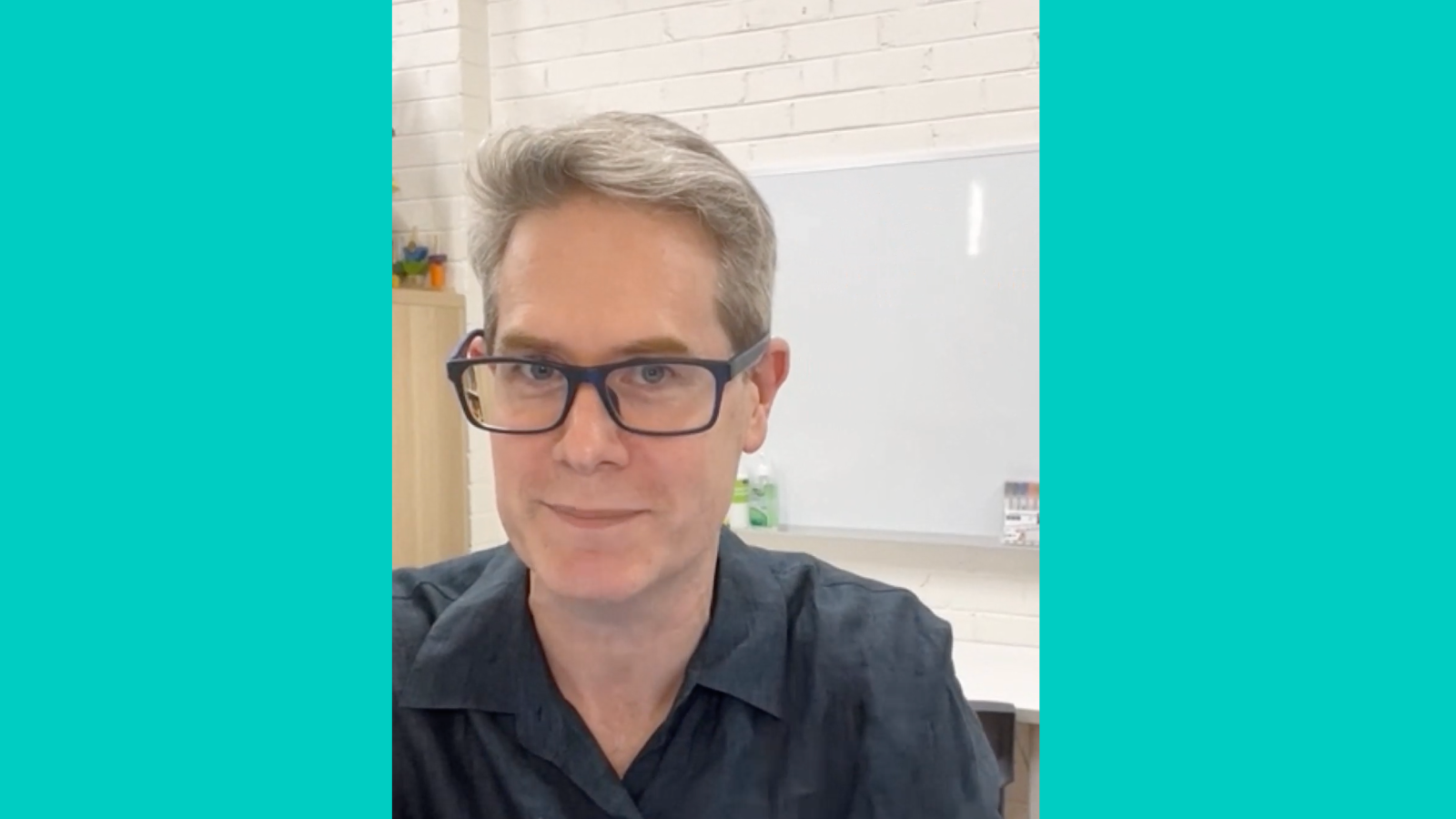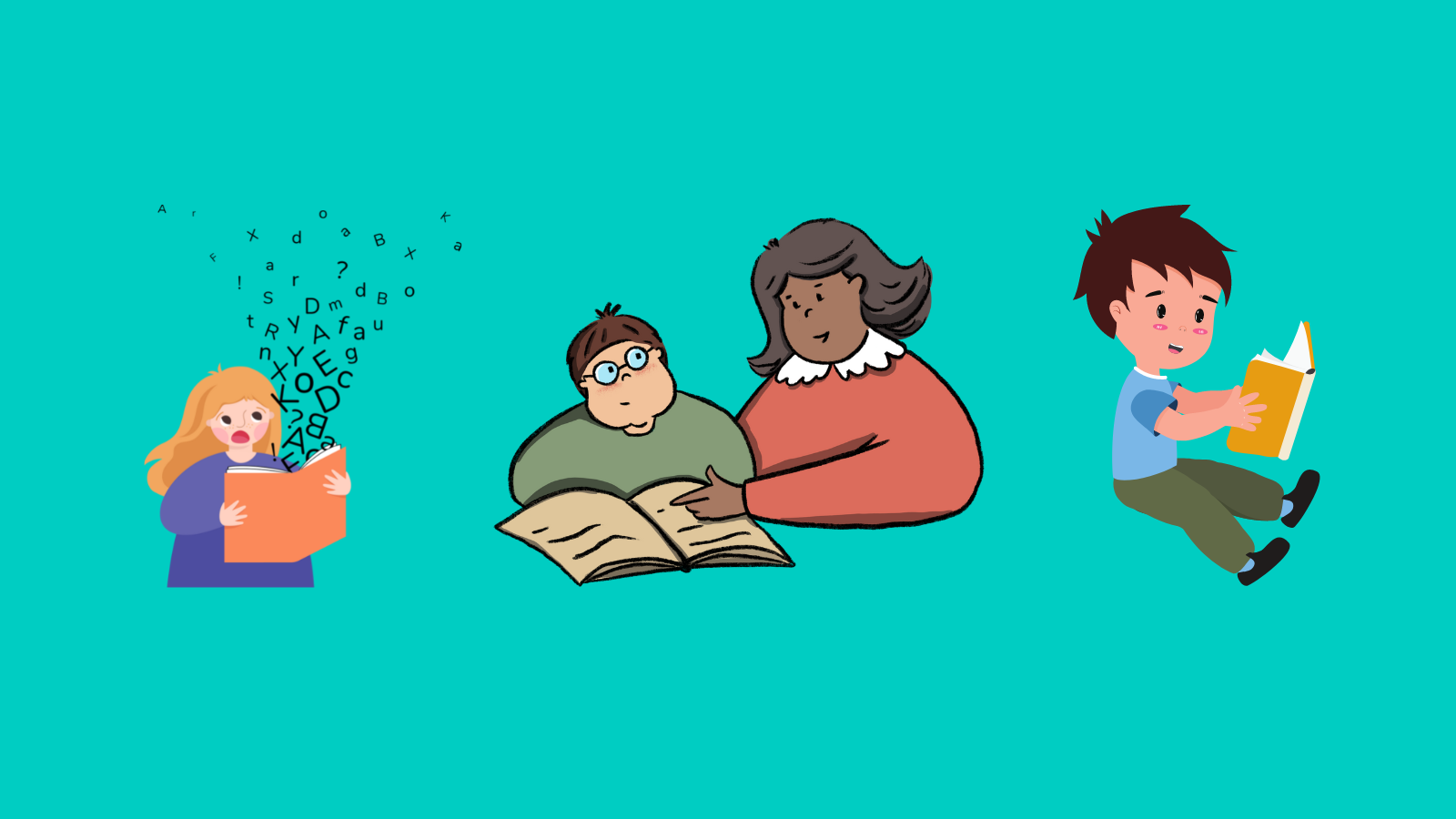Will tongue-wiggling, blowing bubbles, or making funny faces help my child to speak more clearly?
No.
Every couple of months, when my spam-filter fails, I get a pretty email from someone trying to sell me “special equipment” to improve my clients’ speech sounds or clarity.
Some emails, filled with glowing testimonials and anecdotes, hawk high-tech looking devices, like “bespoke, engineered” tongue strengtheners or articulation ‘positioners’ made out of sleek graphite. Others market decidedly low-tech “packs” and “kits” filled with hypercoloured straws, paddle pop sticks, mirrors, cotton wool balls, spools of string, pin wheels, corks and pictures of kids making funny faces at each other or massaging their lips with toothbrushes. Every now and then, they even throw in a cute fluffy toy as a special bonus.
Apart from a profit motive, these products all have one thing in common:
A lack of independent, quality research to show they work.
One of my favourite independent research organisations, the Cochrane Institute recently published a systematic review of the evidence on speech outcomes for “non-speech” oral motor treatments, known by academics as “NSOMTs”. They found the evidence base was “incomplete and of low quality” and concluded:
“Results of this review are consistent with those of previous reviews: Currently no strong evidence suggests that NSOMTs are an effective treatment or an effective adjunctive treatment for children with developmental speech sound disorders.”
Clinical bottom line
Unless and until I see some quality, independent, randomised-controlled evidence proving that non-speech exercises improve speech sound outcomes and are not a waste of my clients’ time and money, we won’t use them to treat speech sound disorders in our clinic.
So what should we do instead?
Like piano playing, speech is a motor skill. You don’t practice the piano by using your hands to make ornate origami cranes or by scaling rock-faces in Arizona. Instead, you play the piano.
Training the muscles used in speech to do other things (like blowing into horns or pursing your lips) might make you better at blowing into horns or pursing your lips. But we know that training muscles to do one thing doesn’t automatically improve the ability of the same muscles to do something different. For example, we know from studies of stroke patients that training in swallowing did not automatically help voice production – despite using many of the same muscles (e.g. Huang, Carr & Cao, 2002).
What’s needed most is specific training in the skill you are trying to improve. To improve speech, you should therefore practice – you guessed it – speaking! And – unless you have a physical and/or intellectual disability that prevents you from speaking unaided – you don’t need special equipment to practice speech.
Other ingredients you’ll need in any evidence-based speech therapy include repetition, intense and distributed practice, feedback on your results, time and motivation: all important topics for future articles.
Principal sources: Lee, AS-Y & Gibbon, FE. (2015). Non-speech oral motor treatment for children with developmental speech sound disorders. Retrieved on 2 June 2015 from here. See also one of my favourite research articles of all time: Kleim, J.A. & Jones, T.A. (2008). Principles of Experience-Dependent Neural Plasticity: Implications for Rehabilitation after Brain Damage. Journal of Speech, Language, and Hearing Research, 51, S225-S239, which (among other things) discusses the principle of specificity which states that the nature of the training experience dictates the nature of the change(s) that occurs in the brain as a result of the training. (Yes, I know I’m a geek.)
Images: http://bit.ly/1Bh018B, http://bit.ly/1MDTx4c, http://bit.ly/1HJkkg2

Hi there, I’m David Kinnane.
Principal Speech Pathologist, Banter Speech & Language
Our talented team of certified practising speech pathologists provide unhurried, personalised and evidence-based speech pathology care to children and adults in the Inner West of Sydney and beyond, both in our clinic and via telehealth.








